Illuminating Relief: How Red Light Therapy Eases Pain and Facilitates Recovery
Red Light Therapy (RLT) also known as low-level light therapy (LLLT), is a non-invasive treatment that uses low-level red light to stimulate healing, reduce inflammation, and provide pain relief.
It’s a safe, natural, and affordable alternative to prescription pain medication and worth considering.
Red Light Therapy (RLT) can be administered in a clinical setting by a healthcare professional, but it's also possible to use RLT devices at home to treat pain. In recent years, there has been a growing availability of high-quality, effective RLT devices specifically designed for home use. These devices are often affordable, easy to use, and can provide a convenient alternative to visiting a clinic or healthcare provider for RLT treatment.
RLT has been shown to be effective in treating various types of pain, including:
| Arthritis |
| Back pain |
| Carpal tunnel syndrome |
| Chronic pain |
| Degenerative disc disease |
| Dental pain |
| Fibromyalgia |
| Headaches and migraines |
| Joint pain |
| Menstrual cramps |
| Neck pain |
| Neuropathic pain |
| Neuropathy |
| Osteoarthritis |
| Post-surgical pain |
| Rheumatoid arthritis |
| Sciatica |
| temporomandibular joint disorder (TMJ) |
| Tendonitis |
| Wound healing |
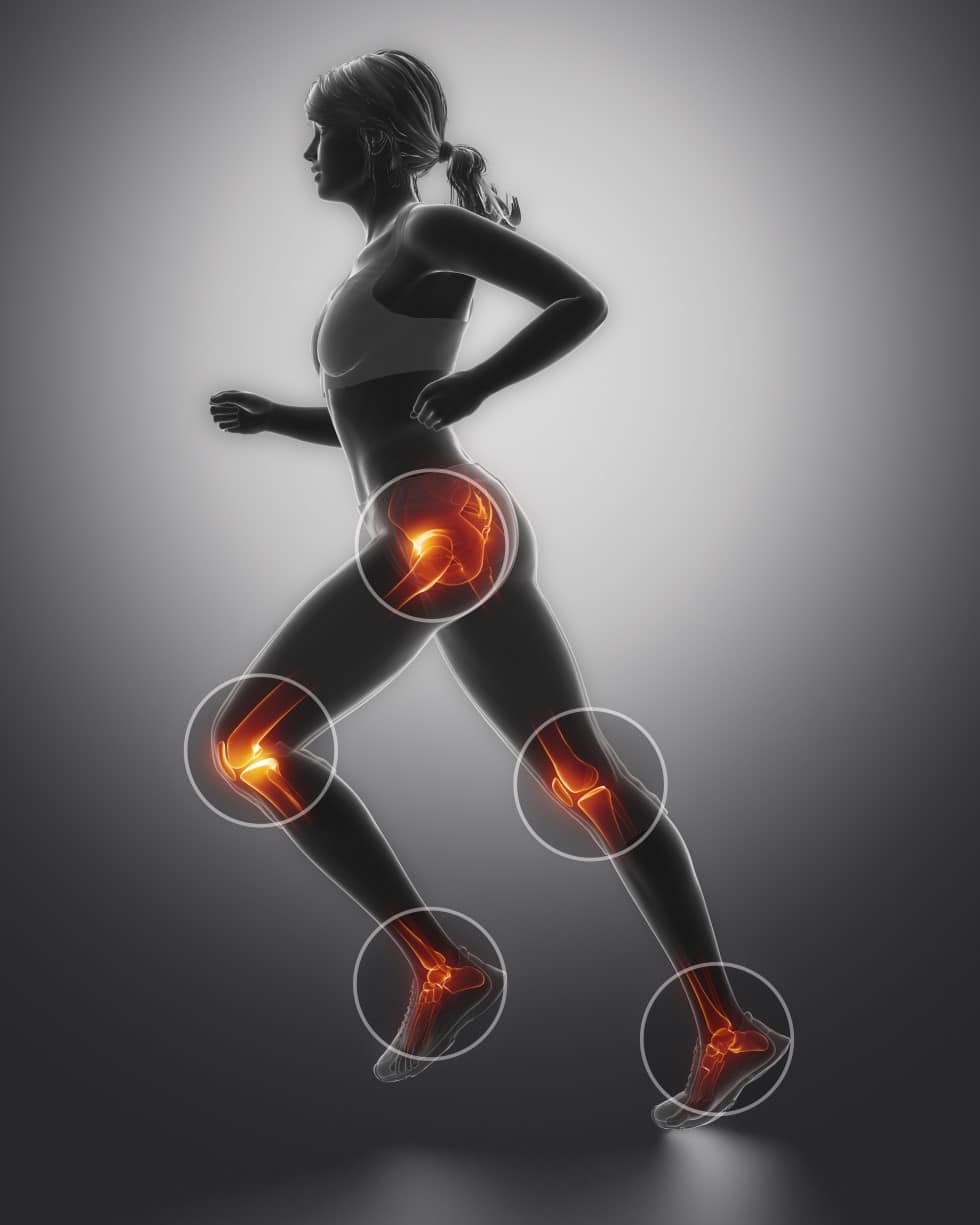
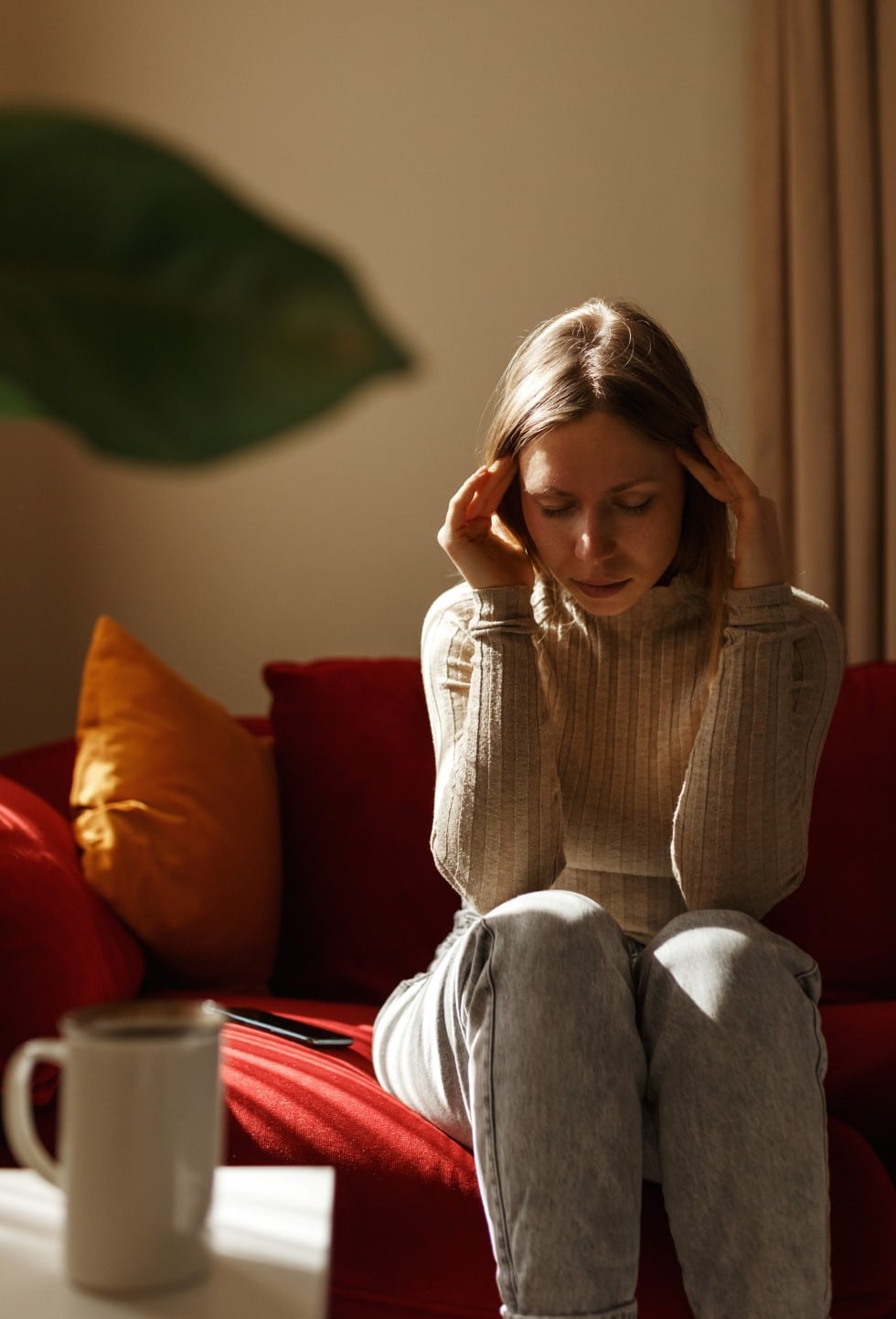

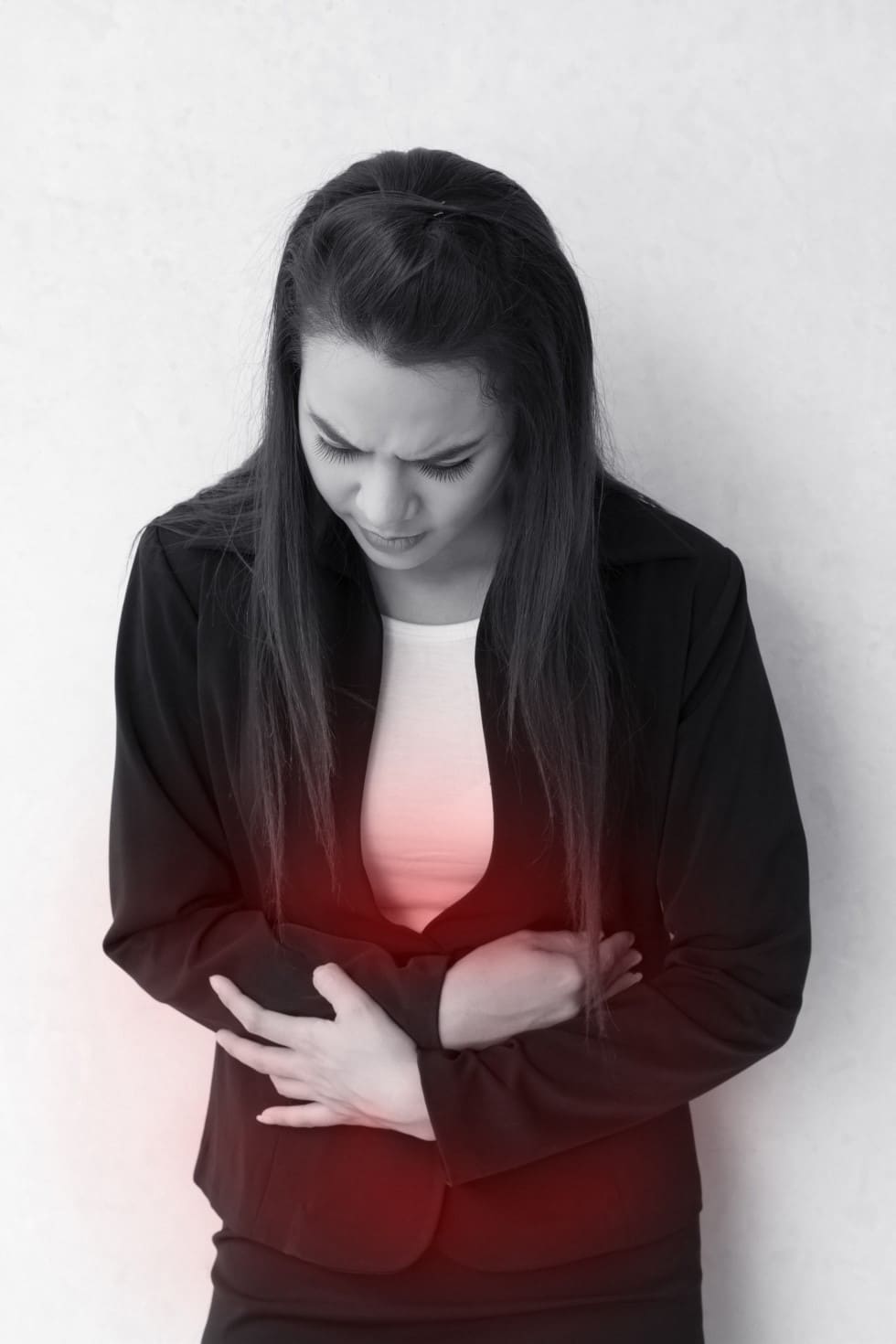
It's important to note that while RLT is generally considered safe, it may not be suitable for everyone. It's always a good idea to consult with your healthcare provider before starting any new treatment, including RLT. They can help you determine whether RLT is right for you and guide you in choosing the appropriate device and treatment plan
How does Red Light Therapy Work For Pain Relief?

One way that Red Light Therapy (RLT) helps relieve pain is by increasing circulation. When the light penetrates the skin, it stimulates the production of nitric oxide, a molecule that helps dilate blood vessels and increase blood flow. This increased circulation can help bring oxygen and nutrients to the affected area, which can help reduce pain and promote healing.
RLT also helps reduce inflammation. Inflammation is a common cause of pain and discomfort, and it can be caused by a variety of factors, including injury, infection, or chronic health conditions. RLT has been proven to reduce inflammation by stimulating the production of cytokines, which are proteins that help regulate the immune system and reduce inflammation.
In addition to its effects on circulation and inflammation, RLT also helps stimulate the production of endorphins. Endorphins are natural painkillers that the body produces in response to pain or stress. By increasing the production of endorphins, red light therapy can help reduce pain and promote relaxation.
Discover our recommended Best Red Light Therapy Devices for Pain Relief
Does Red Light Therapy provide Immediate Pain Relief?

While Red Light Therapy (RLT) has been shown to be effective in reducing pain and inflammation although it may not provide immediate pain relief. The amount of time it takes for RLT to provide pain relief may vary depending on the individual, the severity of the pain, and the specific condition being treated.
Some studies have reported that RLT can provide pain relief after just one treatment session, while others suggest that it may take several weeks of regular treatments to see significant improvements.
A study published in the journal Lasers in Surgery and Medicine in 2013 investigated the effects of RLT on chronic lower back pain. The study found that participants who received RLT experienced a significant reduction in pain after just one treatment session. However, a randomized controlled trial published in the Journal of Pain Research in 2018 examined the effects of RLT on knee osteoarthritis and found that it took several weeks of regular treatments for participants to experience significant improvements in pain and function.
Although Red Light Therapy (RLT) may not provide immediate pain relief, research suggests that it can be effective in reducing pain and inflammation over time. Therefore, it may be worth considering RLT as an adjunctive therapy, possibly in combination with medication, with the goal of potentially reducing or eliminating the need for medication after a few weeks of regular RLT sessions. By incorporating RLT into a comprehensive pain management plan, individuals may experience improved pain relief and a better quality of life.
What Type of Pain Can Red Light Therapy provide relief for?
While RLT is not a cure-all for pain, it has been found to be effective in treating several types of pain, including:
Joint pain:

RLT can help reduce inflammation in joints, which can alleviate pain caused by conditions such as osteoarthritis, rheumatoid arthritis, and fibromyalgia: Red Light Therapy (RLT) has shown promising results in reducing joint inflammation, which is a common cause of pain in conditions such as osteoarthritis, rheumatoid arthritis, and fibromyalgia.
Research studies have found that RLT can promote healing and reduce inflammation in the affected joint. For example, a study published in The Journal of Clinical and Aesthetic Dermatology in 2018 investigated the effectiveness of RLT in reducing pain and stiffness in patients with knee osteoarthritis.
The results showed that RLT significantly improved pain and stiffness compared to placebo treatment. Another study published in Photomedicine and Laser Surgery in 2014 examined the effects of RLT on hand function in patients with hand osteoarthritis.
The study found that RLT improved hand function and reduced pain in the patients. These findings suggest that RLT may be a promising treatment option for joint pain associated with inflammatory conditions.
Muscle pain:
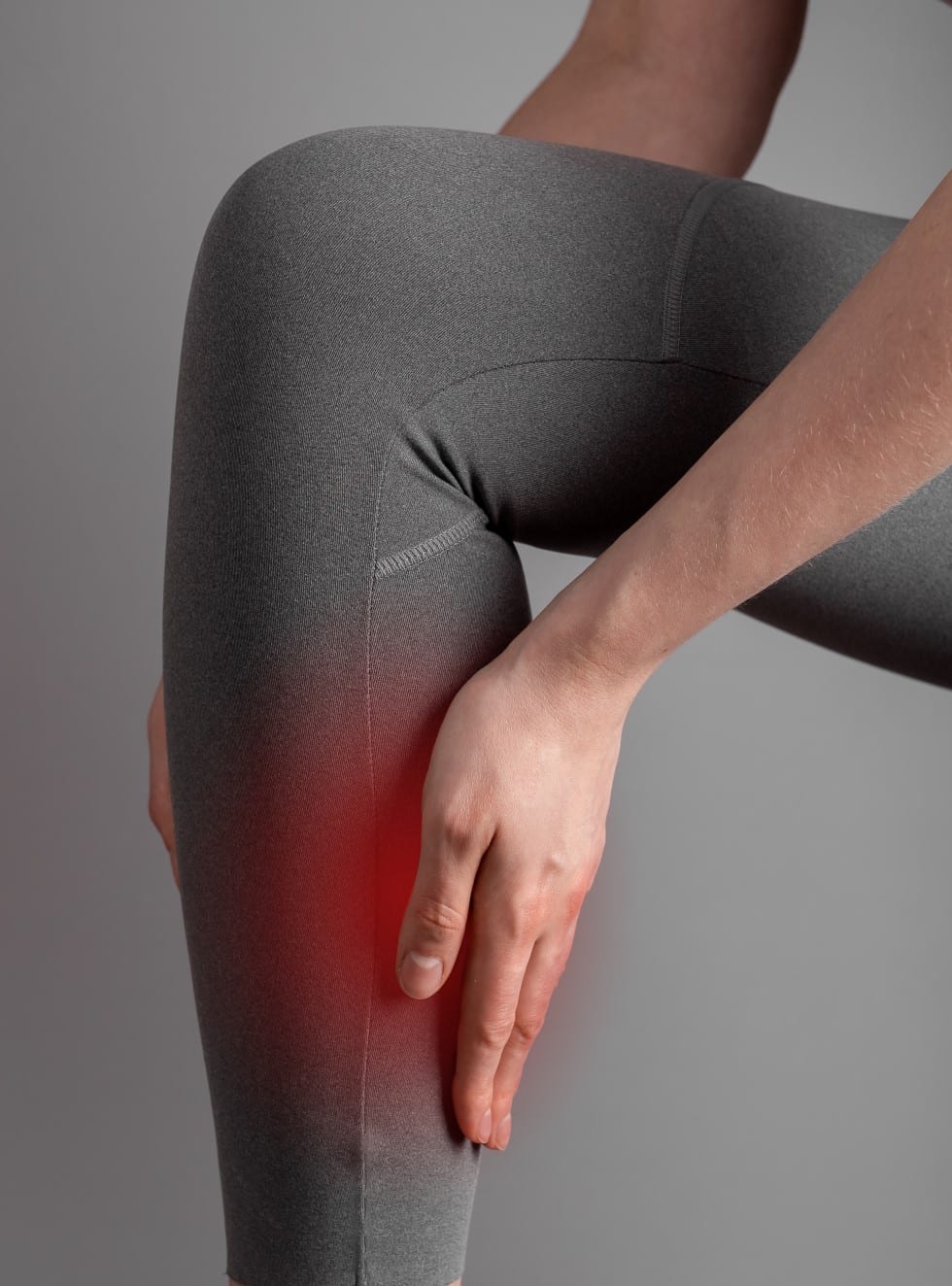
RLT has been shown to reduce muscle soreness and stiffness, which can be helpful for athletes or anyone who experiences muscle pain after exercise: Red Light Therapy (RLT) has been found to be beneficial for reducing muscle soreness and stiffness, making it a potential treatment option for individuals who experience muscle pain after exercise.
Research studies have reported positive results with RLT for muscle pain. For example, a study published in the Journal of Athletic Training in 2015 investigated the effects of RLT on muscle soreness and performance in male athletes. The results showed that RLT significantly reduced muscle soreness and improved athletic performance compared to placebo treatment.
Another study published in the Journal of Clinical and Aesthetic Dermatology in 2018 examined the effectiveness of RLT on muscle soreness in healthy individuals.
The study found that RLT significantly reduced muscle soreness and stiffness after exercise. These studies suggest that RLT may be a useful treatment option for muscle pain associated with exercise or physical activity.
Back pain:
RLT can improve circulation and reduce inflammation, which can help alleviate lower back pain caused by conditions such as sciatica or degenerative disc disease: Red Light Therapy (RLT) has shown promise in relieving lower back pain, which can be caused by various conditions such as sciatica or degenerative disc disease.

The therapy is thought to help alleviate back pain by improving circulation and reducing inflammation. Research studies have reported positive results with RLT for lower back pain.
For instance, a randomized, double-blind, placebo-controlled study published in Pain Research and Management in 2019 investigated the effects of RLT on chronic low back pain in older adults.
The study found that RLT significantly reduced pain intensity, disability, and depression compared to placebo treatment. Another study published in the Journal of Physical Therapy Science in 2017 examined the effects of RLT on lumbar muscle fatigue and recovery in healthy individuals.
The study found that RLT improved muscle recovery and reduced muscle fatigue in the lower back muscles. These studies suggest that RLT may be a promising non-invasive treatment option for lower back pain associated with various conditions.
Headaches and migraines:

RLT has been shown to reduce the frequency and severity of headaches and migraines, possibly by improving blood flow and reducing inflammation in the head and neck: Red Light Therapy (RLT) has emerged as a promising treatment option for headaches and migraines, which can significantly impact an individual's quality of life.
The therapy is thought to help reduce the frequency and severity of headaches and migraines by improving blood flow and reducing inflammation in the head and neck area. Several research studies have reported positive results with RLT for headaches and migraines.
For example, a randomized, double-blind, placebo-controlled study published in Photomedicine and Laser Surgery in 2018 investigated the effectiveness of RLT on migraine attacks.
The study found that RLT significantly reduced the frequency, duration, and intensity of migraines compared to placebo treatment. Another study published in the Journal of Physical Therapy Science in 2020 examined the effects of RLT on tension-type headaches in healthy individuals.
The study found that RLT reduced pain intensity and the frequency of headaches. These studies suggest that RLT may be a promising non-invasive treatment option for headaches and migraines.
Neuropathic pain:
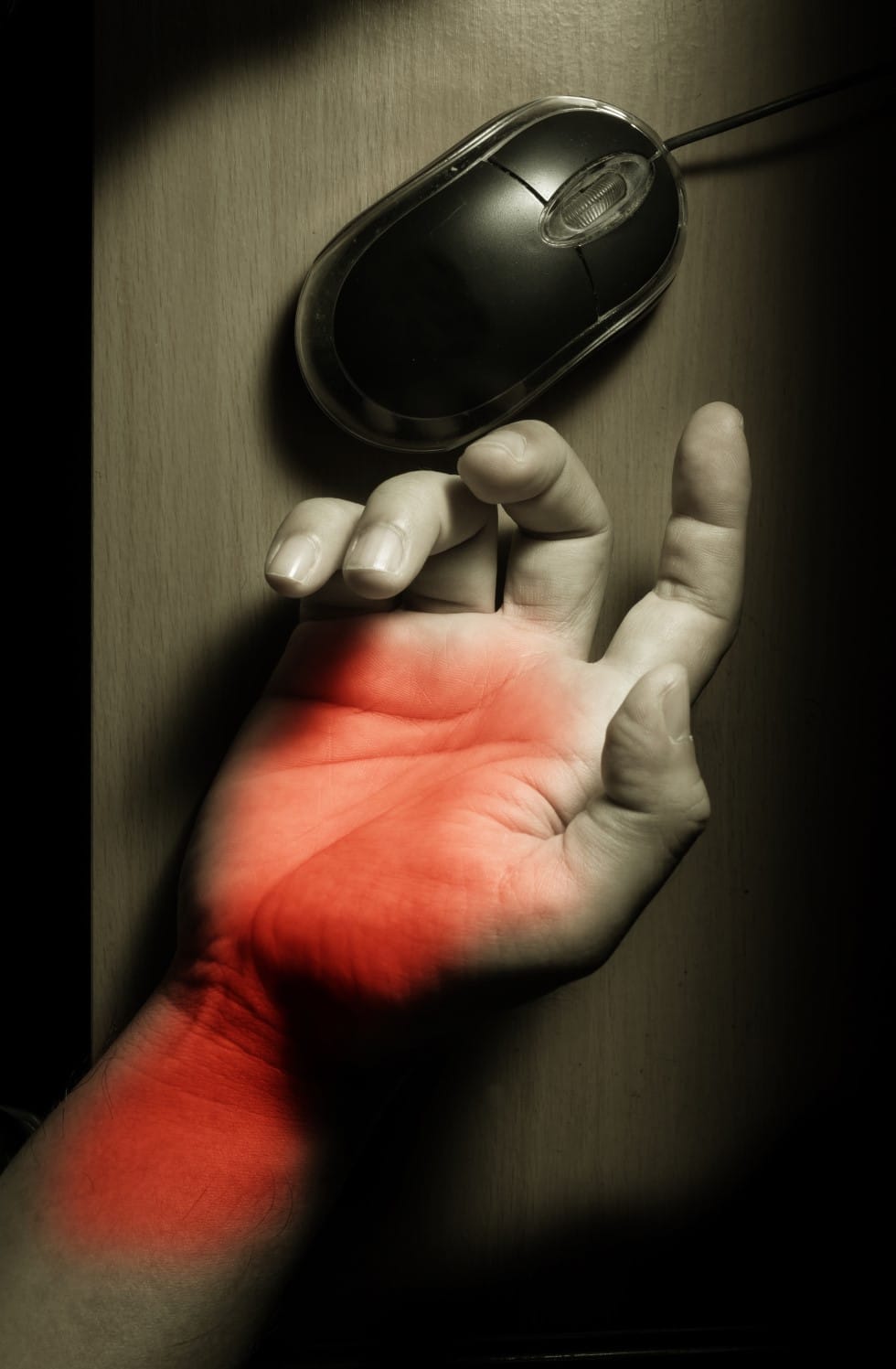
RLT has been found to be effective in reducing pain caused by nerve damage, such as neuropathy, carpal tunnel syndrome, and sciatica: Red Light Therapy (RLT) has been found to be a promising non-invasive treatment option for neuropathic pain, which can be caused by nerve damage, such as neuropathy, carpal tunnel syndrome, and sciatica.
The therapy is thought to help reduce pain by promoting healing and reducing inflammation in the affected nerve. Several research studies have reported positive results with RLT for neuropathic pain. For example, a randomized, double-blind, placebo-controlled study published in Lasers in Medical Science in 2018 investigated the effects of RLT on carpal tunnel syndrome.
The study found that RLT significantly reduced pain and improved hand function compared to placebo treatment. Another study published in the Journal of Back and Musculoskeletal Rehabilitation in 2018 examined the effects of RLT on sciatic nerve pain in individuals with lumbar disc herniation.
The study found that RLT reduced pain and disability associated with sciatic nerve pain. These studies suggest that RLT may be a promising treatment option for neuropathic pain associated with nerve damage.
Wound healing and post-surgical pain:

RLT can promote healing and reduce pain and inflammation in wounds, including post-surgical wounds: Red Light Therapy (RLT) has emerged as a promising treatment option for reducing inflammation and alleviating pain in wounds, including post-surgical wounds.
The therapy is thought to help promote healing by increasing circulation and stimulating the production of collagen, which is crucial for wound healing. Several research studies have reported positive results with RLT for wound healing and post-surgical pain. For example, a randomized, controlled trial published in the Journal of Cosmetic and Laser Therapy in 2019 investigated the effects of RLT on post-surgical wounds in breast cancer patients.
The study found that RLT significantly reduced pain, inflammation, and scar formation compared to standard care. Another study published in the International Journal of Surgery in 2018 examined the effects of RLT on wound healing in individuals with diabetic foot ulcers.
The study found that RLT improved wound healing and reduced wound size compared to standard care. These studies suggest that RLT may be a promising non-invasive treatment option for promoting wound healing and reducing post-surgical pain and inflammation.
Dental pain:
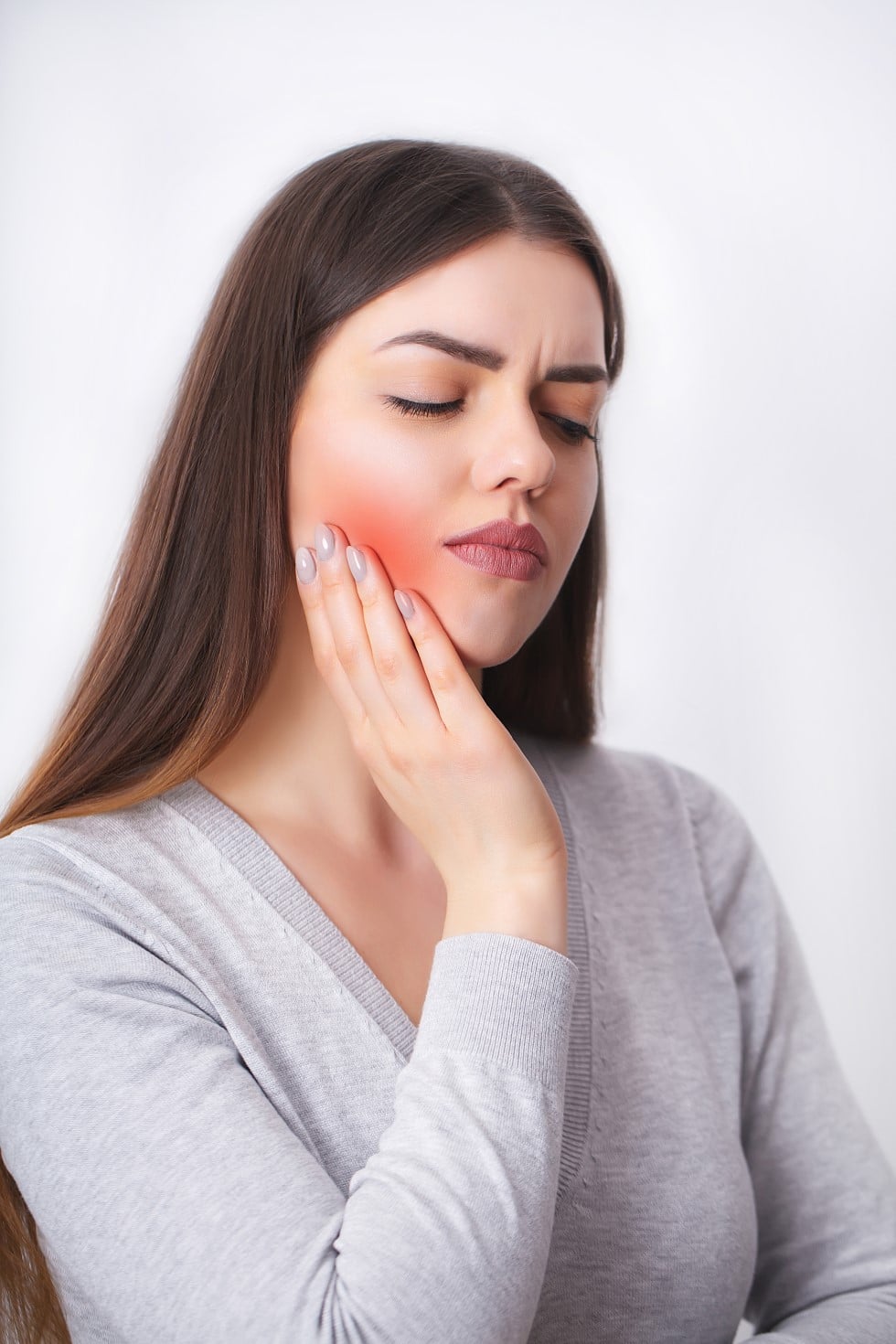
RLT has been shown to reduce pain and inflammation in the mouth, including pain associated with temporomandibular joint disorder (TMJ) and post-dental procedures: Red Light Therapy (RLT) has been shown to be an effective therapeutic treatment option for reducing pain and inflammation in the mouth, including dental pain associated with temporomandibular joint disorder (TMJ) and post-dental procedures.
The therapy is thought to help reduce pain and inflammation by promoting healing and reducing oxidative stress in the affected tissues. Several research studies have reported positive results with RLT for dental pain. For example, a randomized controlled trial published in the Journal of Clinical and Experimental Dentistry in 2019 investigated the effects of RLT on pain and inflammation in individuals with TMJ disorder.
The study found that RLT significantly reduced pain and improved jaw function compared to placebo treatment. Another study published in the Journal of Photochemistry and Photobiology in 2016 examined the effects of RLT on pain and inflammation after dental surgery. The study found that RLT reduced pain and inflammation and improved wound healing compared to standard care. These studies suggest that RLT may be a promising non-invasive treatment option for reducing dental pain and inflammation.
Menstrual cramps:

RLT has been found to reduce pain and discomfort associated with menstrual cramps: Recent research suggests Red Light Therapy (RLT) can be a non-invasive treatment option for reducing pain and discomfort associated with menstrual cramps. RLT is thought to work by increasing blood flow and reducing inflammation in the affected tissues.
Several research studies have reported positive results with RLT for menstrual cramps. For instance, a randomized, double-blind, placebo-controlled study published in the Journal of Obstetrics and Gynaecology in 2019 investigated the effects of RLT on menstrual cramps in college women. The study found that RLT significantly reduced pain and the severity of menstrual cramps compared to placebo treatment.
Another study published in the Journal of Physiotherapy in 2018 examined the effects of RLT on pain and discomfort associated with primary dysmenorrhea. The study found that RLT reduced pain and discomfort and improved quality of life in women with primary dysmenorrhea. These studies suggest that RLT may be a promising treatment option for reducing menstrual cramps' pain and discomfort.
Neck pain:
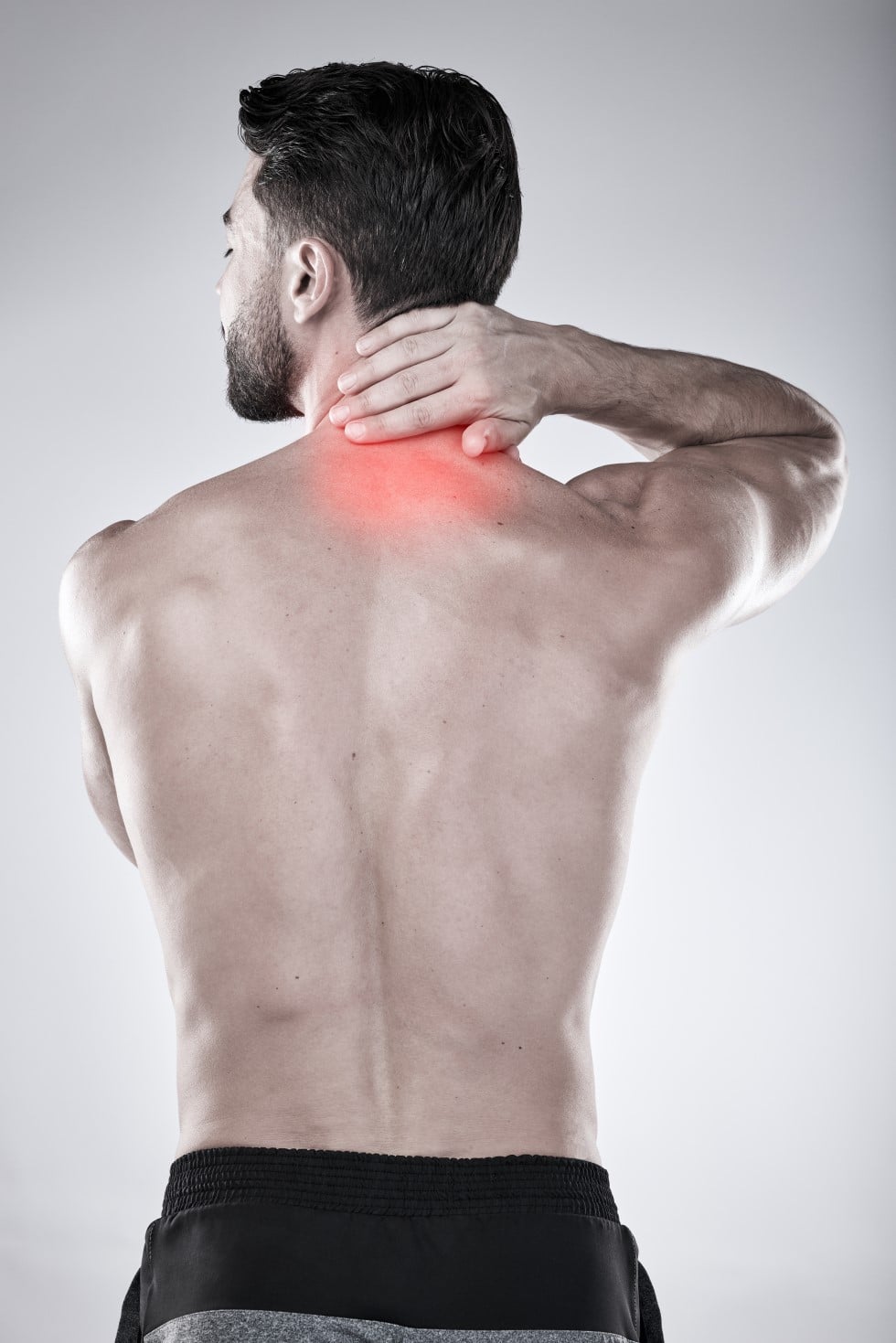
RLT can help reduce muscle tension and inflammation in the neck, which can alleviate pain and stiffness: Red Light Therapy (RLT) is an effective treatment option for reducing muscle tension and inflammation in the neck, which can alleviate pain and stiffness.
Several research studies have reported positive outcomes with RLT for neck pain. For instance, a randomized controlled trial published in the Journal of Physical Therapy Science in 2018 investigated the effects of RLT on neck pain in office workers. The study found that RLT significantly reduced neck pain and improved range of motion compared to a placebo treatment.
Another study published in the Journal of Back and Musculoskeletal Rehabilitation in 2020 examined the effects of RLT on chronic neck pain. The study found that RLT reduced neck pain intensity and improved function in patients with chronic neck pain. These findings indicate that RLT can be an effective treatment option for reducing neck pain and improving neck function.
Tendonitis:
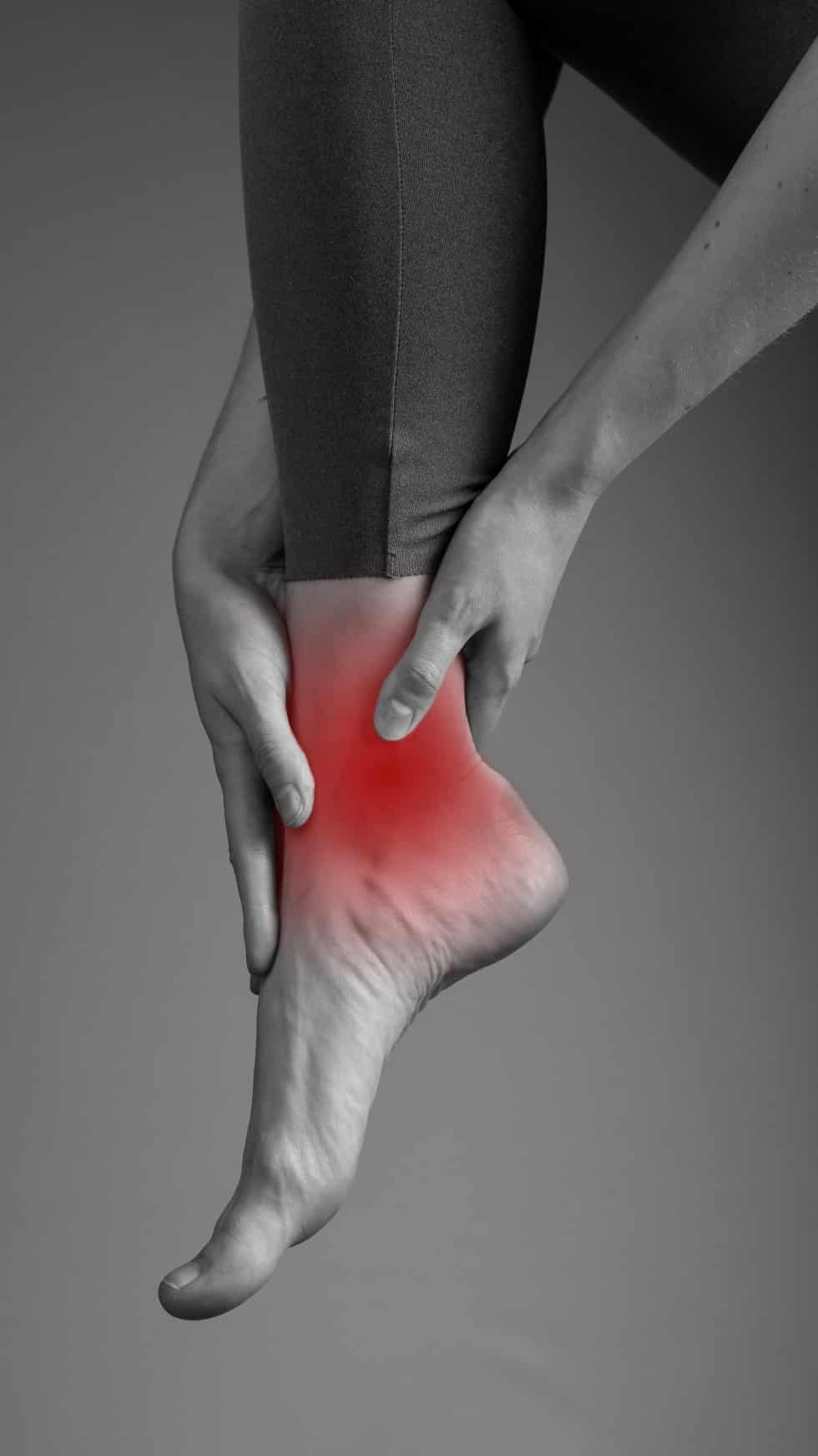
RLTRLT has also been found to be effective in reducing pain and inflammation associated with tendonitis: Red Light Therapy (RLT) has been shown to effectively reduce pain and inflammation associated with tendonitis.
Numerous studies have reported positive results with RLT for treating this condition. For example, a study published in the American Journal of Physical Medicine & Rehabilitation in 2016 investigated the effects of RLT on chronic Achilles tendonitis. The study found that RLT significantly reduced pain and improved function in patients with chronic Achilles tendonitis.
Similarly, a randomized controlled trial published in the journal Lasers in Medical Science in 2019 examined the effects of RLT on pain and function in patients with tennis elbow, a type of tendonitis. The study found that RLT significantly reduced pain and improved grip strength in patients with tennis elbow. These findings suggest that RLT may be an effective treatment option for reducing pain and inflammation associated with tendonitis.
Again, it's important to note that while RLT has shown promise in treating these types of pain, it may not be effective for everyone and should always be used under the guidance of a healthcare provider.
What is the Effective Red Light Wavelength for Pain Relief?
The wavelength of red light that is most commonly used to treat pain is in the range of 600 to 1000 nanometers (nm), with a peak at around 660 nm. This wavelength of light is known to penetrate deep into the tissues of the body, including the skin, muscles, and joints, where it can stimulate cellular activity and promote healing.
However, it's important to note that different wavelengths of light may be more appropriate for treating different types of pain or conditions. For example, some studies have found that longer wavelengths of red light (around 800-900 nm) may be more effective at reducing inflammation and promoting tissue repair, while shorter wavelengths (around 630-660 nm) may be more effective at relieving pain and improving circulation.
Ultimately, the most effective wavelength of red light for pain treatment may vary depending on the specific condition being treated and individual patient factors. It's always best to consult with a healthcare professional or experienced practitioner before starting any new treatment, including red light therapy.
Final Thoughts And Safety
Red Light Therapy (RLT) has definitely a place in the management and treatment of a variety of types of pain. It is a non-invasive, natural type of therapy with no harmful side effects associated with it and can be administered in a clinical setting, such as a doctor's office, but also at home.
Various RLT devices for pain relief are now widely available for home use including professional-size Red Light Therapy panels and beds. We suggest that you read fully our short Guidance on How to Select the Best Red Light Therapy Device for your specific condition and needs to ensure safety and efficacy.
RLT treatment is generally considered safe, and most people do not experience any discomfort during the procedure. However, as with any medical treatment, it is important to consult with a healthcare provider before starting red light therapy to determine if it is appropriate for your specific condition and to discuss a suitable treatment plan and any potential risks.
Frequently Asked Questions:
What types of pain can RLT be effective for?
RLT has been found to be effective in treating several types of pain, including joint pain, muscle pain, back pain, headaches, migraines, neuropathic pain, menstrual cramps, dental pain, and tendonitis.
Is RLT safe?
Yes, RLT is a safe and non-invasive form of therapy with no known harmful side effects.
How is RLT administered?
RLT can be administered in a clinical setting, such as a doctor's office, or at home using a specialized device or natural sunlight.
How long does RLT treatment take?
Treatment times can vary depending on the condition being treated and the intensity of the light being used. Generally, treatments can range from a few minutes to half an hour.
How often should I use RLT for pain relief?
The frequency of RLT treatments can vary depending on the condition being treated and the severity of the pain. Generally, treatments can be done daily, every other day, or a few times a week.
Is RLT covered by insurance?
Insurance coverage for RLT may vary depending on the insurance provider and the specific condition being treated. It's important to check with your insurance provider to determine coverage.
Can RLT be used in conjunction with other treatments?
Yes, RLT can be used in conjunction with other treatments, such as physical therapy, medications, or other forms of therapy. However, it's important to consult with a healthcare provider before combining treatments.
How long does it take to see results from RLT treatment?
Results can vary depending on the condition being treated and the severity of the pain. Some people may see results after just one treatment, while others may require several treatments over a period of weeks or months.
Can anyone use RLT for pain relief?
While RLT is generally safe for most people, it's important to consult with a healthcare provider before starting treatment, particularly if you have any underlying medical conditions or are taking any medications.
Is RLT a cure for pain?
While RLT can be an effective form of pain relief, it's important to note that it's not a cure for pain. It can help reduce pain and inflammation and promote healing, but it's important to continue to manage pain through a combination of therapies and lifestyle changes.
Are there any side effects to using RLT for pain relief?
There are no known harmful side effects associated with RLT. However, some people may experience mild side effects such as temporary redness, itching, or dryness of the skin
Red light therapy is a type of therapy that uses red or near-infrared light to treat a variety of conditions. During a red light therapy session, a person is exposed to a specific wavelength of red or near-infrared light that is delivered through a light-emitting device. The light penetrates the skin and reaches the cells within the body with a range of therapeutic effects.
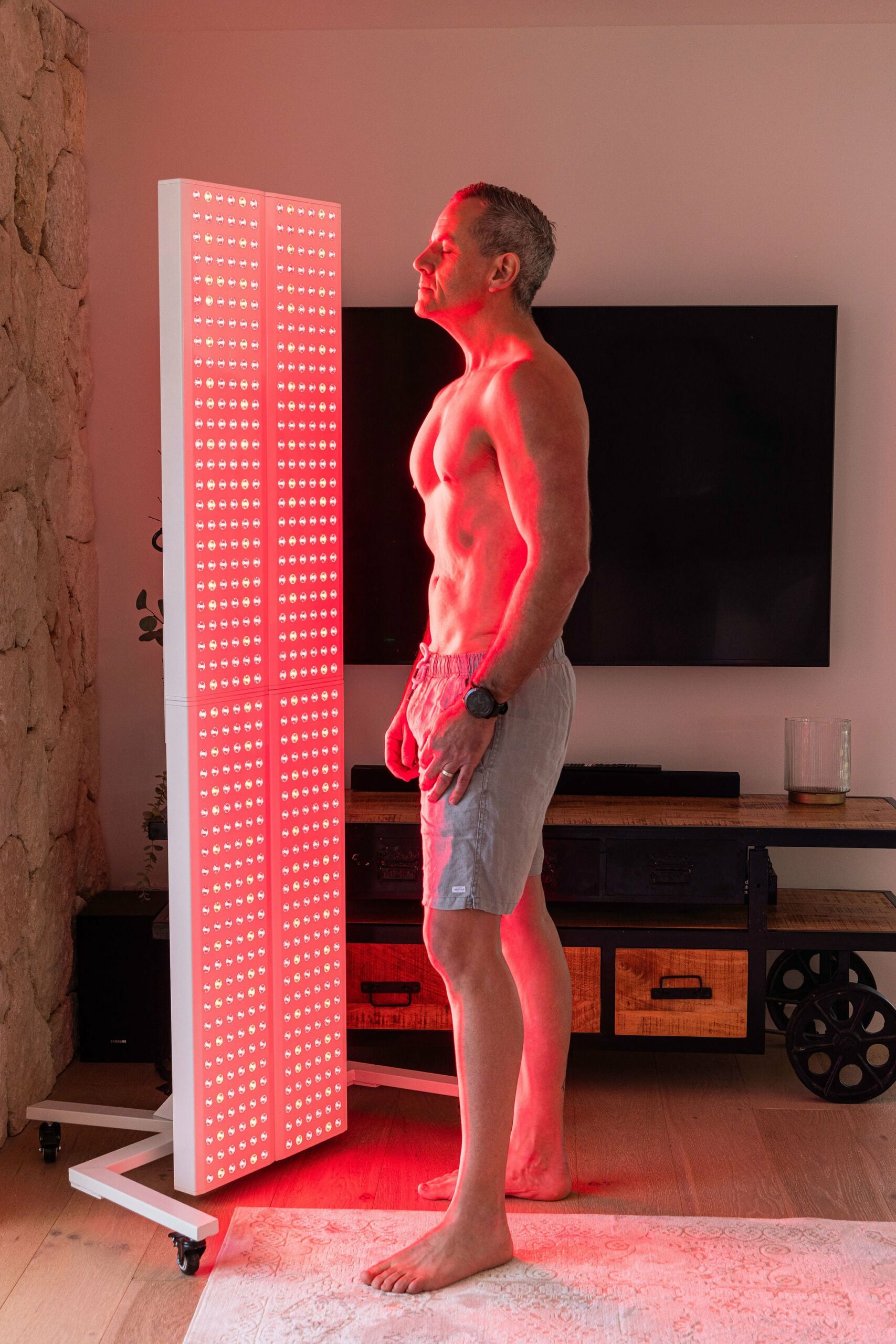
Red light is a type of visible light, Its wavelength falls between approximately 630 and 700 nanometers (nm) on the electromagnetic spectrum. Red light is often used in light therapy treatments for the skin, as it has been shown to have the most beneficial effects on skin cells and collagen production.
Near-infrared (NIR) light, on the other hand, has a longer wavelength than visible red light and falls between approximately 700 and 1200 nm on the electromagnetic spectrum. NIR light is not visible to the human eye, but it can penetrate deeper into the skin and other tissues than visible light, making it useful for a variety of therapeutic applications ranging from wound healing to inflammation reduction or improved circulation, among other benefits.
Different Red Light Therapy devices usually deliver slightly different wavelength ranges that research has shown to be the most effective for the concern they are being recommended for.
Red Light Therapy (RLT) strengthens the mitochondria, the cell’s powerhouse, where cell energy is created. Adenosine Triphosphate (ATP) is the critical energy-carrying molecule that is found in all living organisms. By optimizing the function of the mitochondria, more ATP is produced and with increased energy cells can function optimally.
This scientific breakthrough resulted in scientists discovering Red Light Therapy’s ability to stimulate and speed up tissue repair and growth. Red Light Therapy is now widely used for maintaining a healthy complexion, speeding up muscle recovery, reducing inflammation, improving sleep, treating neurological conditions, balancing hormones, treating pain, and even losing weight.
Research has also indicated that Red Light Therapy can help to restore cellular balance and alleviate the negative impact of blue light exposure. The prevalence of blue light in our society has become a growing concern as many individuals spend prolonged periods of time looking at screens on a daily basis.
Red Light Therapy (RLT) is also called:
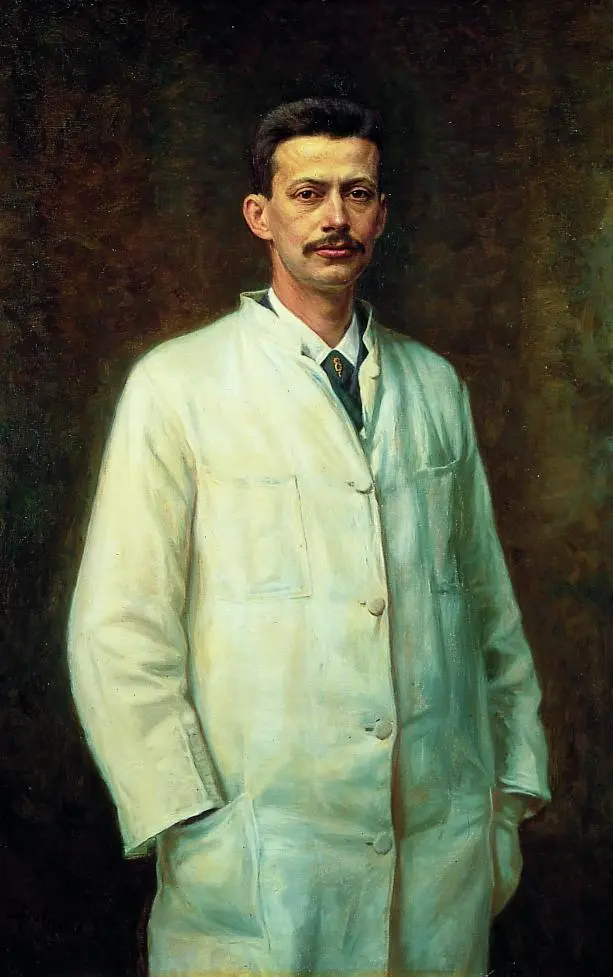
Low-Level Light Therapy (LLLT), Photobiomodulation (PBM), Cold Laser Therapy, Photonic Stimulation, Low-Power Laser Therapy (LPLT), Phototherapy
A Brief History of Red Light Therapy
The journey of Red Light Therapy (RLT) has been both fascinating and impactful, starting from its humble origins in the late 19th century. Dr. Niels Ryberg Finsen, the pioneer in light therapy, made a groundbreaking discovery in 1896 that light could be harnessed to treat Lupus Vulgaris, a form of tuberculosis affecting the skin. His work, which led to the tangible healing of skin lesions, was so revolutionary that he received the Nobel Prize in Physiology in 1903.
Fast forward to 1960, Theodore H. Maiman invented the first operational laser, fulfilling Albert Einstein's theories on the principles of lasers laid out in 1917. This invention opened new avenues for RLT, allowing more precise applications.

NASA took an interest in Red Light Therapy in 1987, conducting experiments to examine its effects on plant growth in space missions. These studies hinted at RLT's potential to benefit not just human health but also broader ecological systems.
In the same vein, Endre Mester's work in 1967 set the stage for modern RLT applications.
His experimentation with low-level laser therapy on skin cancer effects demonstrated the technique's efficacy and led to FDA approval for wound healing in 2002.
The advent of LED technology in the 1990s was a game-changer, offering an efficient and cost-effective alternative to traditional light bulbs. This technological leap made light therapy more accessible to the general public, including its use in sports medicine where physical therapists reported quicker recovery times for sports-related injuries.
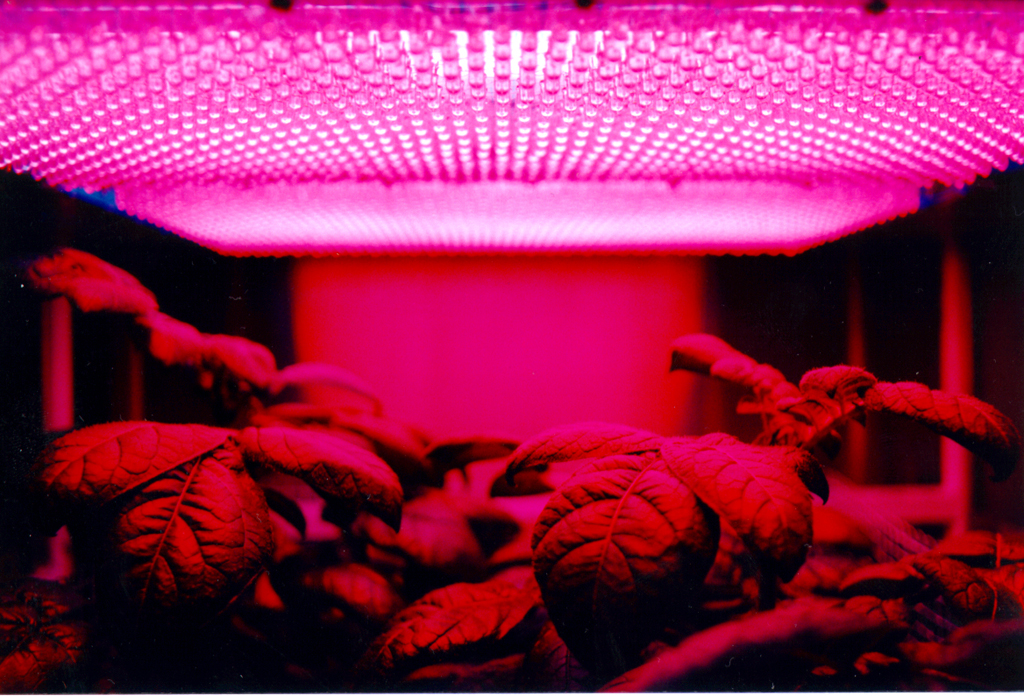
One of the most recent and exciting developments in RLT is its potential role in weight management. Studies indicate that Red Light Therapy can influence hormones like Leptin and Ghrelin, which play key roles in regulating appetite and metabolism. This makes RLT a promising avenue for non-invasive weight loss treatments.
As RLT continues to evolve, its applications keep expanding, crossing multiple disciplines from medicine to ecology. Researchers are continuously probing its potential, finding new ways to apply this age-old yet ever-advancing technology.
Our articles exclusively rely on primary sources of information, encompassing peer-reviewed medical journals and esteemed academic institutions.
- Infrared therapy for chronic low back pain: A randomized, controlled trial
- A Randomized Comparative Study between High-Intensity and Low-Level Laser Therapy in the Treatment of Chronic Nonspecific Low Back Pain
- Effects of Light Therapy on Osteoarthritis and Its Sequelae in Aging and Older Adults: A Systematic Narrative Review
- The Use of Laser Therapy for Patients with Fibromyalgia: A Critical Literary Review
- Significant Improvements in Cognitive Performance Post-Transcranial, Red/Near-Infrared Light-Emitting Diode Treatments in Chronic, Mild Traumatic Brain Injury: Open-Protocol Study
- A randomised, placebo controlled trial of low level laser therapy for activated Achilles tendinitis with microdialysis measurement of peritendinous prostaglandin E2 concentrations
- Low level laser therapy (classes I, II and III) in the treatment of rheumatoid arthritis
- Low-Level Laser (Light) Therapy (LLLT) In Skin: Stimulating, Healing, Restoring
- Pain Relief and Healing With Laser Therapy
- Infrared Therapy For Chronic Low Back Pain: A Randomized, Controlled Trial
- Biological Effects And Medical Applications Of Infrared Radiation
- The Science Behind NMN–A Stable, Reliable NAD+Activator and Anti-Aging Molecule
- https://photobiomodulationstudio.uk/how-it-works
- The effectiveness of low-level diode laser therapy on orthodontic pain management: a systematic review and meta-analysis
- Effect of Low-level Laser Therapy on Postoperative Pain after Root Canal Retreatment: A Preliminary Placebo-controlled, Triple-blind, Randomized Clinical Trial
- Effect of Low-level Laser Therapy on Postoperative Pain in Molars with Symptomatic Apical Periodontitis: A Randomized Placebo-controlled Clinical Trial


